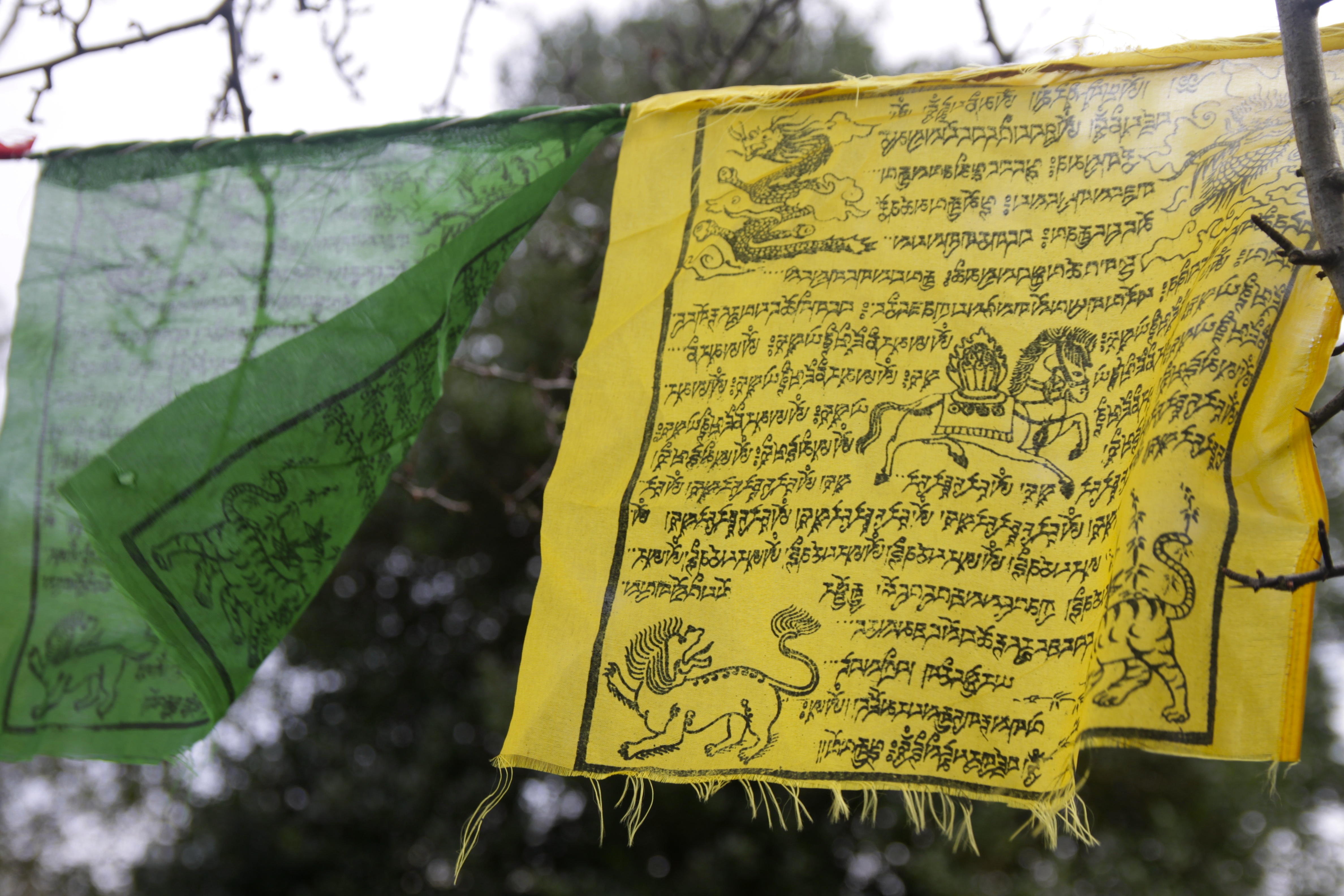Dummies Guide to Voidness – with Ken Holmes
- samyedzong
- Apr, 18, 2015
- No Comments
Date/Time
Date(s) - 18/04/2015 - 19/04/2015
11:00 am - 4:30 pm
Location
Kagyu Samye Dzong Dublin
Categories
What is ‘voidness’? For Buddhists the one meaning of ‘voidness’ is always wisdom – the wisdom that knows the difference between what ‘seems to be’ and ‘what really is’.
Our problem is ignorance, illusions, delusions….the point of Dharma is to find the truth. When we find the truth the illusion collapses. We see the voidness of that illusion. The illusion we were under was devoid of any reality whatsoever.
Over this weekend, Ken will present the topic of ‘voidness’ – that sometimes ‘most difficult’ element of Buddhism for us to grasp and try to bring some clarity and understanding to it.
Saturday 18th April & Sunday 19th April 11am – 4.30pm
Suggested Donation: €35 per day weekend (includes simple lunch)
Donations allow us to bring teachers such as Ken to Dublin, and help keep the Centre running. If finances are a genuine obstacle please give whatever you can afford.
 Ken is currently Director of Studies at Kagyu Samye Ling. His life is spent teaching in Samye Dzongs in various countries, writing and translating dharma works, and he also occasionally interprets for visiting Tibetan lamas. He has also lectured in elementology and astro-science for the Tara-Rokpa College of Tibetan Medicine. He was a founder member of the Scottish InterFaith Council and has worked with the British Cabinet Office and the European Community on training programmes. Kagyu Samye Ling has been his base for the past 44 years,during which time his life has been devoted to making Tibetan Buddhist meditation and philosophy available to the Western world. With his wife Katia, he has co-translated some of the main Kagyu teaching texts into English, as well as much of the liturgy used in daily practice. Their works include the principal Kagyu textbook – Gampopa’s Tarjen,published as “Gems of Dharma, Jewels of Freedom” and Asanga’s Mahayana Uttara Tantra Shastra, published as “Maitreya on Buddha Nature”.
Ken is currently Director of Studies at Kagyu Samye Ling. His life is spent teaching in Samye Dzongs in various countries, writing and translating dharma works, and he also occasionally interprets for visiting Tibetan lamas. He has also lectured in elementology and astro-science for the Tara-Rokpa College of Tibetan Medicine. He was a founder member of the Scottish InterFaith Council and has worked with the British Cabinet Office and the European Community on training programmes. Kagyu Samye Ling has been his base for the past 44 years,during which time his life has been devoted to making Tibetan Buddhist meditation and philosophy available to the Western world. With his wife Katia, he has co-translated some of the main Kagyu teaching texts into English, as well as much of the liturgy used in daily practice. Their works include the principal Kagyu textbook – Gampopa’s Tarjen,published as “Gems of Dharma, Jewels of Freedom” and Asanga’s Mahayana Uttara Tantra Shastra, published as “Maitreya on Buddha Nature”.
